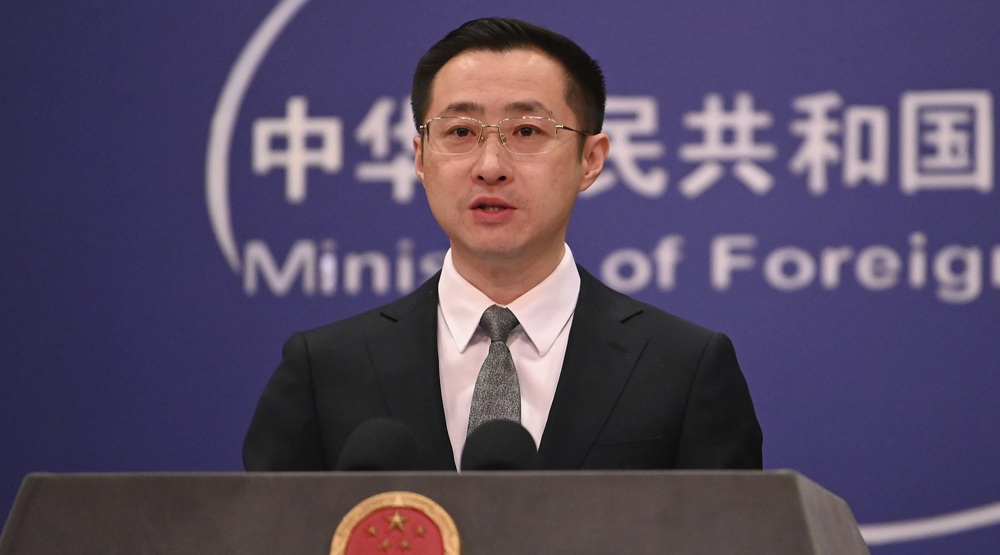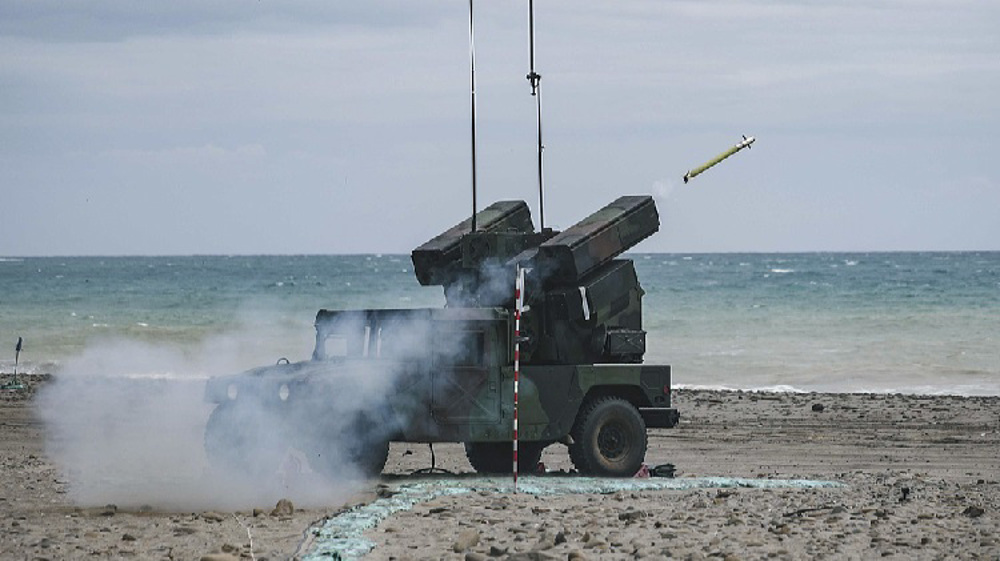Air pollution in China capital hits hazardous levels
Air pollution has reached hazardous levels in the Chinese capital, Beijing, with authorities advising citizens to stay indoors.
On Saturday, the level of the poisonous, tiny particles of PM2.5 was at 391 micrograms per cubic meter, according to the US Embassy’s monitoring station in Beijing.
This is while the World Health Organization’s (WHO) guideline for maximum healthy exposure is 25. The UN body says any level of harmful particles over that figure increases risks of heart diseases, strokes and lung ailments.

Beijing, which has an estimated population of over 21 million, has been blanketed in a large gray haze, reducing visibility to a few hundred meters since Friday.
China’s Ministry of Environmental Protection earlier this week forecasted sever air pollution for the greater Beijing region, eastern Shandong Province and central Henan Province until Tuesday.
The ministry expects strong winds from the north to blow away air pollutants later next week, but it has advised the public to stay indoors until then.

Authorities reportedly blame considerable amounts of coal burning for heating as a major cause for the current air pollution.
Investigators have been dispatched to several northern cities in China to check on illegal emissions by factories that are contributing to the current high levels of air pollution.
China has already restricted industrial production and limited car usage in cities across the Asian country.
In 2013, Beijing announced it would spend 1.7 trillion yuan (267 billion dollars) in a bid to tackle air pollution. The vast sum of money was planned to be invested over a period of five years.
VIDEO | Beirut’s southern suburbs targeted in 'heavy' Israeli strikes
Haaretz: Over 10,000 Israelis have migrated to Canada this year
VIDEO | Press TV's news headlines
Official: Iran to respond ‘decisively’ to any threat to its nuclear program
Nearly 70 Mossad-linked terrorists killed or captured in southeast Iran
What collapse of German coalition government means
Iran, Syria emphasize need to stop Israeli atrocities in Gaza, Lebanon
Clinton whisked away amid pro-Palestine protest at Belfast university










 This makes it easy to access the Press TV website
This makes it easy to access the Press TV website